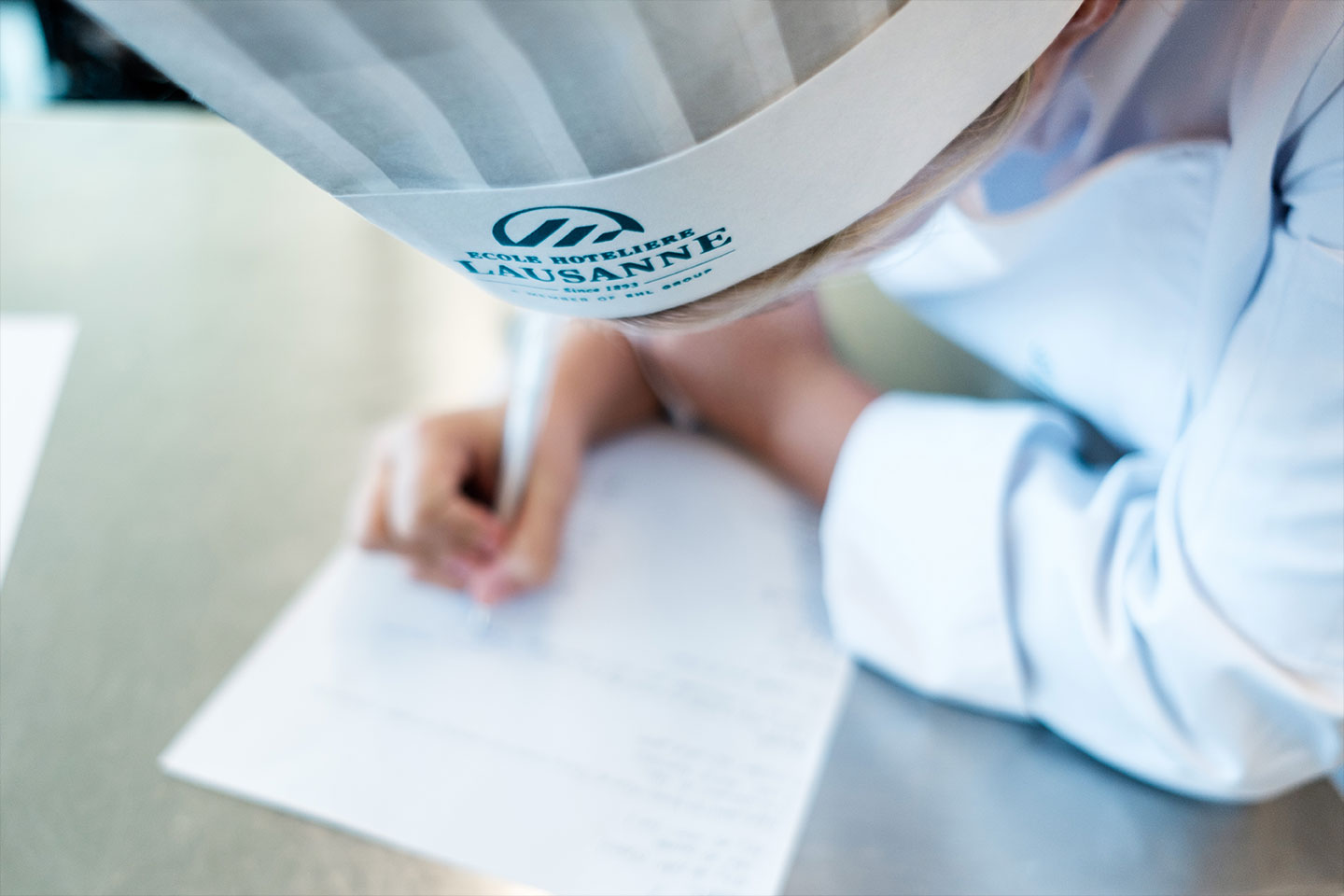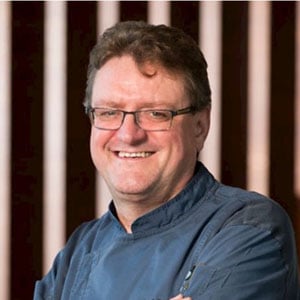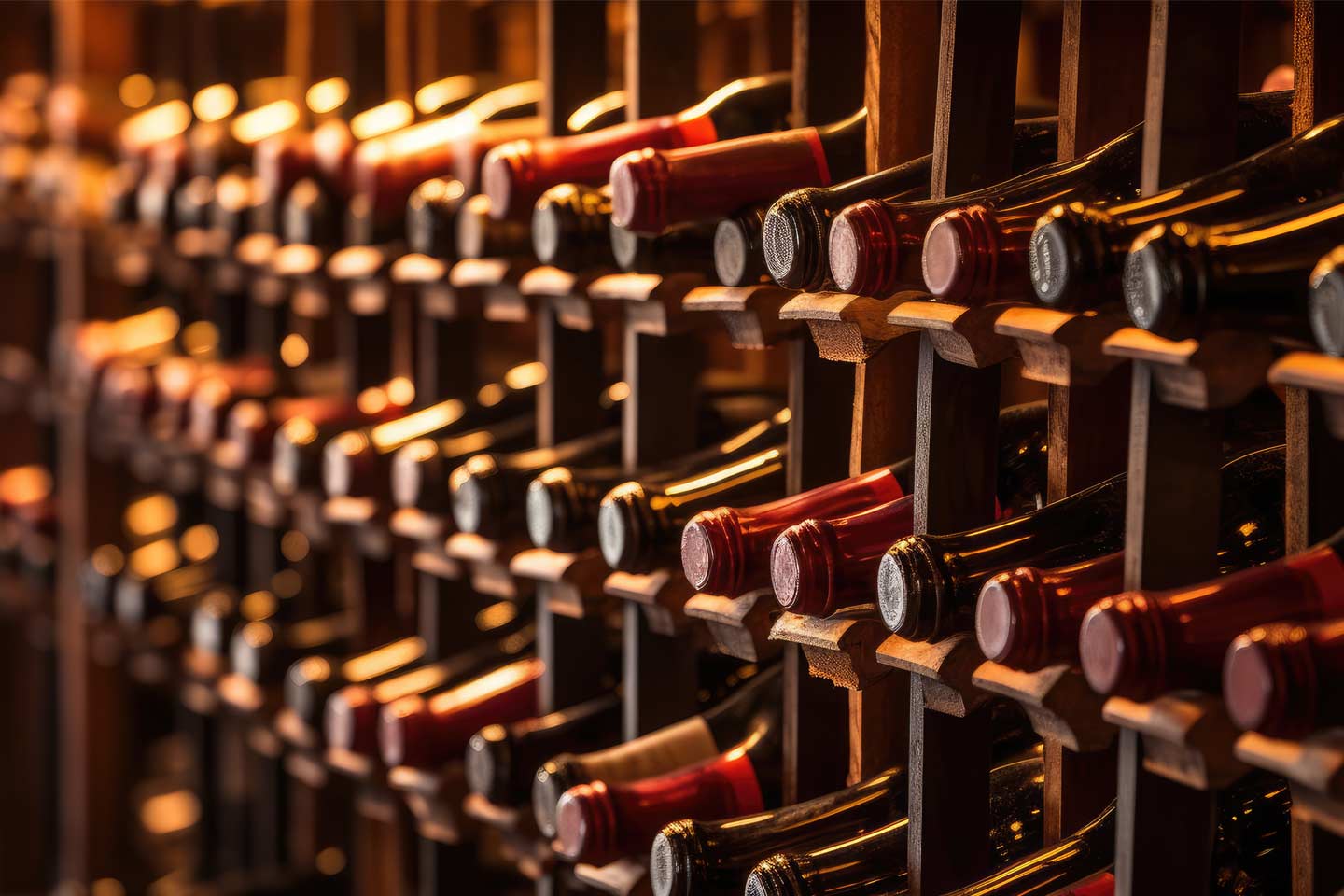A tall, white hat, double-breasted white jacket, and apron over black and white trousers - the chef's uniform is iconic in the hospitality industry as well as the general public.
Like police officers, doctors, and construction workers, the components of a chef's uniform are immediately recognizable. The distinguishing characteristics of a chef's uniform serve to identify the wearer as a chef or food service employee, even for those who are not at all familiar with hospitality and tourism management.
Despite the traditional chef uniforms ubiquity, many people including those working in hospitality and tourism, have no idea why chef's wear the style and color they do.
Related article: Michelin stars or how to make a chef's career?
The Components of a Chef's Uniform
A traditional chef's uniform includes a tall, pleated, white hat known as a torque blanche, a double-breasted jacket made from a thick, white, cotton cloth, an apron, and pants - usually black and white in a houndstooth pattern. Every one of these components, except for the pants, are traditionally white. Chef's trousers may vary in color but black and white checked patterns are the industry standard. The checked, or houndstooth, easily disguises any food spills or splatters.
The torque blanche, or torque for short, was not only always solely worn by chefs. From the 13th through the 16th Century, torques were worn by athletes, magistrates, heralds, and academics in addition to chefs. The rest of the chef's uniform was not codified until Marie-Antoine Careme introduced the jacket, hat, and apron combination that since became the standard across the hospitality industry in the mid-19th Century. The thick cotton of the jacket protects against the heat in the kitchen and can be reversed in the event of splattering or staining.
Why do Chef's choose the Color White?
Marie-Antoine Careme was born into poverty and abandoned by his parents in his early childhood. He began working in a kitchen at age 8 to survive. As he grew, he learned quickly and began combining his two passions - baking and architecture. For Careme, the appearance of his creations was at least as important as the quality of the pastries he baked. This commitment to appearances extended to the kitchen.
As the world's first celebrity chef, Careme was acutely aware of how he presented himself. He chose to wear a stark white jacket and a torque blanche for the form as much as the function. To Careme, the white of his chef's uniform was evidence of the cleanliness of his kitchen and himself.
This connotation, that a white uniform is indicative of a clean & meticulous chef still holds today. Additionally, many chefs choose to wear white as a conscious choice to show their dedication to the traditions of their profession and by extension, the profession itself.




